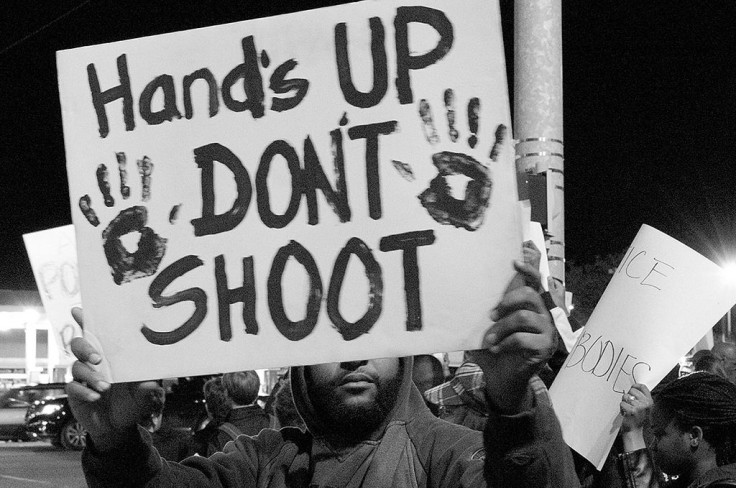Researchers Say Racial Stereotypes May Be A Matter Of Class: You May Not Be Racist, But You’re Still Wrong

Noting physical differences in others’ appearances may be part of human nature, but racism in America goes far deeper than that. According to a new study conducted by graduate students at Arizona State University, America’s race problem may stem from class issues, not just prejudices based on skin color.
The U.S. is relatively young compared to other developed nations, but for over a third of its existence, white men were allowed to enslave others based on the color of their skin. Despite former President Abraham Lincoln declaring slaves free in 1863, we’re still dealing with the repercussions of centuries of slavery — most notably with police brutality incidents, such as those involving Michael Brown in Ferguson, Mo. and Freddie Gray in Baltimore.
The three researchers’ study, now published in the Processings of the National Academy of Sciences , sought to investigate the underlying factors driving racial prejudice in the U.S. With hopes of using their results to help alleviate the problem, the researchers hypothesized that the environment in which people grow up can shape the behavior of those living in it. For example, those who live in poor neighborhoods tend to develop impulsive behavior — they’re intent on being rewarded quickly, so they may be more susceptible to making money through crime. Conversely, those in more secure neighborhoods may gravitate toward long-term reward seeking behaviors, such as participating in higher education. That said, the researchers questioned whether either environment stoked prejudice towards others.
The team conducted a series of five experiments to examine which stereotypes volunteers held about other people living in differing economic areas — in other words, “desperate,” poor environments versus “hopeful,” resource-rich environments. Without any information regarding race or ethnicity, participants were asked to imagine either a person who’s lived since birth in a wealthy, economically developed community where money and jobs are plentiful , or a person who grew up in a poor, economically underdeveloped community. They were also asked how likely these people were to possess traits, like sexual promiscuity, opportunistic behavior, and investment in education and children.
Results revealed that people's class or socioeconomic status was the basis for participants’ assumptions on their character, regardless of their race. Those imagined to have lived in a “desperate” environment were most likely to be stereotyped as impulsive than those imagined in “hopeful” environments. In the U.S., minorities most often live in these so-called “desperate” environments, whereas whites live in more affluent ones. According to Business Insider , the two most expensive counties to live in the U.S., Nassau and Suffolk Counties in New York, are 73 percent and 80 percent white , respectively. Whereas, Wilcox county in Alabama, with one of the lowest median household income in all of the country, is 71 percent black as of the 2014 census.
These findings shed light on just how complex our tendency to stereotype others is. Not all race stereotypes are based solely on the color of one’s skin, the study suggests. While the results may not lessen the role race plays in people’s prejudices, they do offer a better understanding of unnecessary underlying factors that contribute to them.
Source: Williams KEG, Sng O, Neuberg SL. Ecology-driven stereotypes override race stereotypes. PNAS . 2015
Published by Medicaldaily.com



























